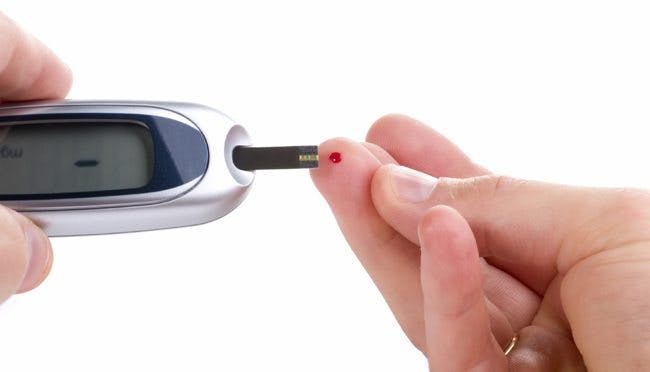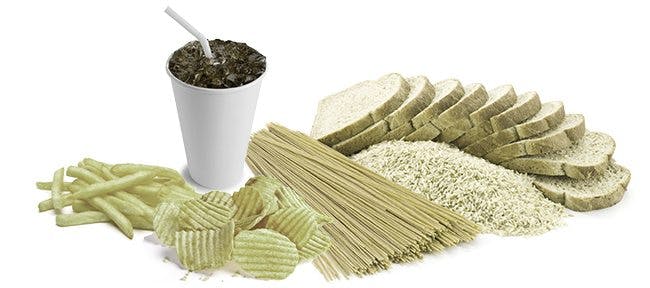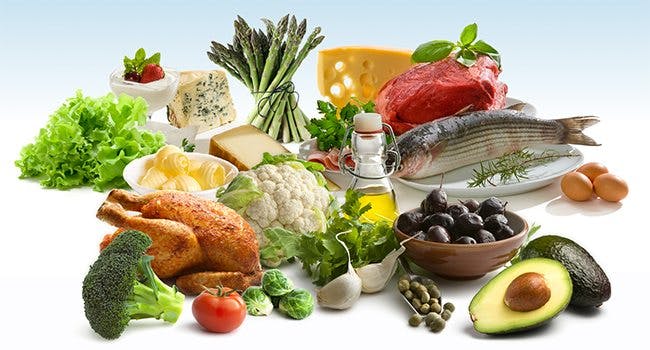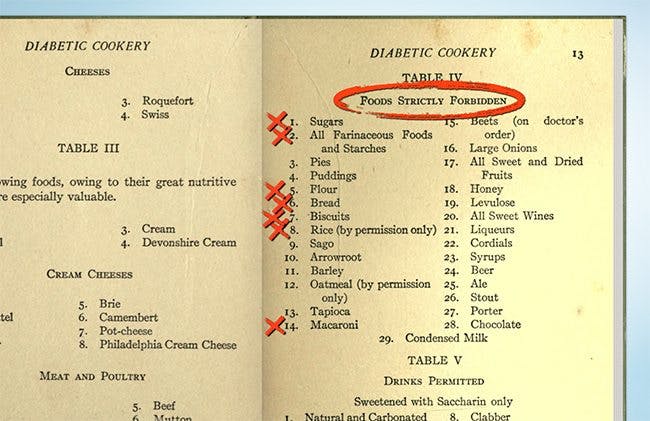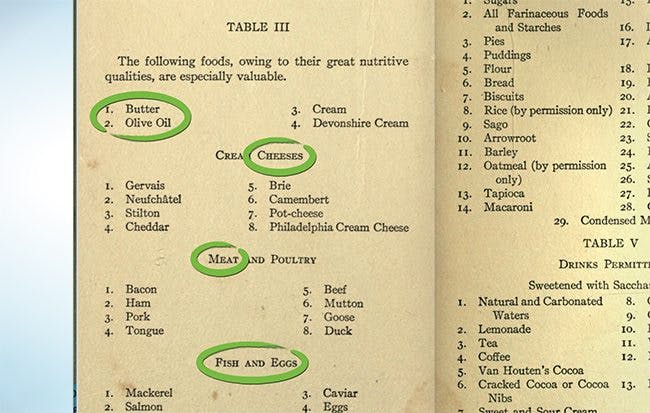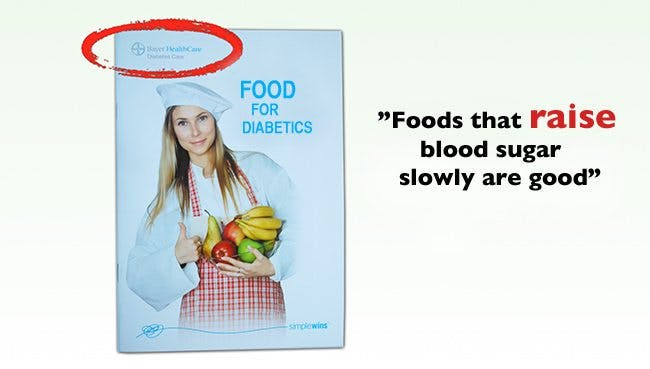Confirmed Again:
Statin Drugs Accelerate Cardiovascular Disease
October 15, 2012

Story at-a-glance
- One in four Americans over the age of 45 take a statin drug to reduce their cholesterol. Most are prescribed a statin as a primary prevention strategy against heart attack and stroke
- In one recent study, statin use was associated with a 52 percent increased prevalence and extent of calcified coronary plaque compared to non-users
- A second study showed type 2 diabetics with advanced atherosclerosis who are frequent statin users have significantly higher amounts of coronary artery calcification compared to less frequent users of the drug
- Statins have been shown to significantly increase your risk of developing type 2 diabetes.In one study, statins increased the risk of type 2 diabetics in postmenopausal women by 48 percent
- Adverse effects of statin drugs include muscle problems, nerve damage in hands and feet, immune depression, pancreas and liver dysfunction, sexual dysfunction, cataracts, memory loss, and an increased risk of cancer
- If you’re on a statin drug, you must take at least 100-200 mg of ubiquinol or CoQ10 per day as statins deplete your body of CoQ10
Articles by Dr. Joseph Mercola
By Dr. Mercola
Statins are the world's most-prescribed class of medications. A staggering one in four Americans over the age of 45 now take cholesterol-lowering drugs such as Pravachol, Mevacor, Lipitor, Zocor, Crestor, and others. A majority of them are taking these drugs for primary prevention of heart attacks and strokes.However, mounting research suggests this could be a critical mistake.Most recently, two separate studies have concluded that progression of coronary artery calcification, which is the hallmark of potentially lethal heart disease, is INCREASED with statin drug use.
Statins Increase Prevalence of Coronary Calcification by More than 50 Percent!
A new study in the journal Atherosclerosis1 shows that statin use is associated with a 52 percent increased prevalence and extent of calcified coronary plaque compared to non-users. None of the participants in the study – 6,673 in all – had any known coronary artery disease at the time of undergoing coronary CT angiography (CCTA) – a non-invasive method that allows you to see coronary atherosclerotic features, including plaque composition.Arterial plaque is a hallmark of cardiovascular disease and increases your risk of all-cause mortality, so clearly, anything that increases calcification and stiffening of your arteries is wisely avoided. And statins seem to fall into this category.These disturbing findings come right on the heels of another study published in the journal Diabetes Care,2 which discovered that type 2 diabetics with advanced atherosclerosis who are frequent statin users have significantly higher amounts of coronary artery calcification compared to less frequent users of the drug.Furthermore, in a subgroup of participants who initially were not receiving statins, progression of both coronary artery calcification as well as abdominal aortic artery calcification was significantly increased when they began frequent statin use.The authors concluded that:"More frequent statin use is associated with accelerated coronary artery calcification in T2DM patients with advanced atherosclerosis."So much for statins being the answer for diabetics... Diabetes is a risk factor for cardiovascular disease, which is why many diabetics are prescribed a statin drug to reduce their risk. Alas, as these studies show, statins actually acceleratethe progression of disease!Making matters worse, statins have also been shown to significantly increase your risk of developing type 2 diabetes3 if you don't have it already. This is a risk everyone needs to be aware of. In one study, statins increased the risk of type 2 diabetics in postmenopausal women by 48 percent.4
Few People Really Benefit from a Statin Drug
Statins, I believe, are one of the most unnecessary drugs on the market. A small group of people with familial hypercholesterolemia, a genetic defect that causes cholesterol levels above 325-350, do seem to benefit from statins. However, in my clinical experience over more than two decades and tens of thousands of patients, I had a grand total of three patients that fell into this category as it's a relatively uncommon genetic problem.The fact that one in four Americans over the age of 45 is now taking a statin drug as a form of "preventive medicine" does not bode well when you consider the massive increases in disease risk these drugs are now associated with. It's downright shocking that doctors are so slow to realize the potential damage inflicted on their patients for no reward at all.The research that led to statins being heavily promoted as a form of primary prevention of heart disease and stroke was funded by AstraZeneca, the maker of Crestor. Since the release of that study in 2008, none of their claims have turned out to hold water in subsequent research. On the contrary, as the two featured studies show, they actually worsen cardiovascular disease progression.The drugs also come with an avalanche of other potential side effects, which tend to be dose dependent.5 In fact, as of 2009 there were well over 900 studies proving their adverse effects, which run the gamut from muscle problems to increased cancer risk. One of the primary mechanisms of harm appears to be CoQ10 depletion. If you take statin drugs without supplementing with CoQ10 (or ideally, the reduced form, called ubiquinol, which is far more effective), your health is at serious risk.GreenMedInfo.com has compiled over 300 documented adverse health effects associated with statins,6 some of the most common of which include:
Muscle problems, polyneuropathy (nerve damage in the hands and feet), and rhabdomyolysis (a serious degenerative muscle tissue condition) Anemia Acidosis Sexual dysfunction Immune depression Cataracts Pancreas or liver dysfunction, including a potential increase in liver enzymes Memory loss
What You Need to Know About Cholesterol in Order to Understand the Dangers of Statins
Statin drugs work by preventing the formation of cholesterol and reduce LDL cholesterol, which is considered the "bad" cholesterol. There is no argument that these drugs can effectively lower your cholesterol levels. However, what has NOT been proven is that they significantly lower your risk of dying from heart disease. In no way, shape or form do they treat the underlying cause of your problem. They are nothing more than a toxic band-aid.So just what makes statins so dangerous, and why are they not the answer for managing your cholesterol levels?First you need to understand the biological workings of cholesterol. In fact, there is no such thing as "good" or "bad" cholesterol. Both HDL and LDL cholesterol perform vital functions in your body, which is why it's actually dangerous to bring your LDL levels down too low.HDL (high density lipoprotein) and LDL (low density lipoprotein) are actuallyproteins that transport the cholesterol to and from your tissues.Cholesterol in turn is a precursor to your steroid hormones, bile acids, cell membrane walls and vitamin D. For example, cholesterol is essential for you to make testosterone or estrogen, cortisol, DHEA or pregnenolone, or a multitude of other steroid hormones that are necessary for health, without cholesterol. Even more importantly, your cells cannot regenerate their membranes without it.
The reason you have LDL to begin with is to transport the cholesterol to the tissues in order to make new cells and repair damaged ones. However, there are different sizes of LDL particles and it's the LDL particle size that is relevant, and statins do not modulate the size of the particles. Unfortunately, most people still don't know about that part, and very rarely, if ever, get tested for particle size. The particles are sticky, so very small LDL's can easily get stuck in different areas, and the build-up eventually causes inflammation and damage.The only way to make sure your LDL particles are large enough to not cause damage is through your diet. In fact, it's one of the major functions of insulin.Conveniently enough, a healthy diet is also the answer for type 2 diabetes, so by focusing on what you eat, you're treating both your diabetes and your cholesterol levels, and reducing your associated risk of heart disease. If you eat properly, which is really the only known good way to regulate LDL particle size, then it does the right thing; it takes the cholesterol to your tissues, the HDL takes it back to your liver, and no plaque is formed.
The Critical Importance of CoQ10
Again, if you're on a statin drug, you MUST take at least 100-200 mg of ubiquinol or CoQ10 per day. Ubiquinol is also beneficial for those not taking statins. If you're not on a statin drug, the amount of CoQ10 or ubiquinol you might need depends on how sick you are. The sicker you are, the more you need. As a general guideline if you're not ill, taking 50-100 mg per day would probably be sufficient. If you're over the age of 70, double that dose, or up to 200 mg per day. This is because your natural CoQ10 levels begin to drop after the age of 40, and by the age of 70, levels begin to precipitously drop.Ideally, you'll want to split the dose up to two or three times a day, rather than taking it all at once, as this will result in higher blood levels. Other dosing guidelines include:
Hypertension 200 mg/day World class athletes who need extra ATP turnover, 300-600 mg/day Heart transplant or severe CHF, 300-600 mg/day in divided doses Arrhythmia 200 mg/day Typical athlete 100-300 mg/day Mitral valve prolapse, a combination of 400 mg magnesium and 100-200 mg of CoQ10
How to Help Lower Your Cholesterol Naturally
_There's really virtually NO reason to take statins and suffer the consequences from these ill-conceived drugs. If you truly want to normalize your cholesterol levels, following these simple lifestyle changes can help get you there:
- First, normalize your insulin levels by eliminating sugar (particularly fructose) and grains. A fasting insulin level is easy to draw and is very inexpensive. It should be below 3.
- Take a high-quality animal-based omega-3 supplement, such as krill oil.
- Eat a good portion of your food raw (ideally organic to avoid agricultural chemicals).
- Eat healthy, preferably raw, fats, such as:
Olive oil Coconut and coconut oil Organic raw dairy products Avocados Raw organic nuts Seeds Pastured eggs (raw, or lightly cooked with yolks intact) Organic, grass-fed meats - Regular exercise is another important tool. When you exercise you increase your circulation and the blood flow throughout your body. The components of your immune system are also better circulated, which means your immune system has a better chance of fighting an illness before it has the opportunity to spread.
- If you are a man, or a woman who is in menopause, you should check your iron levels, as elevated levels of iron can cause major oxidative damage in the blood vessels, heart and other organs. Excess iron is also one of the major contributing factors of cancer risk.
- Avoid smoking and drinking alcohol excessively.
http://articles.mercola.com/sites/articles/archive/2012/10/15/statin-drugs-on-coronary-disease.aspx




